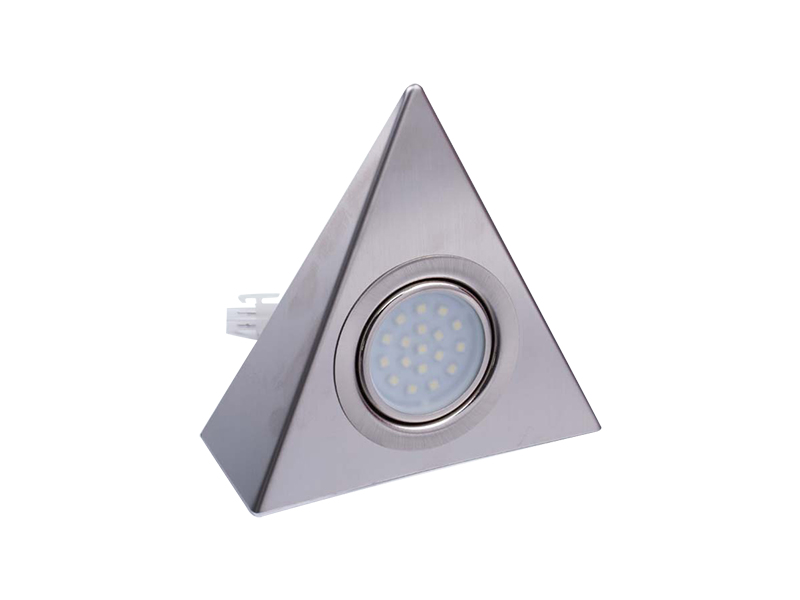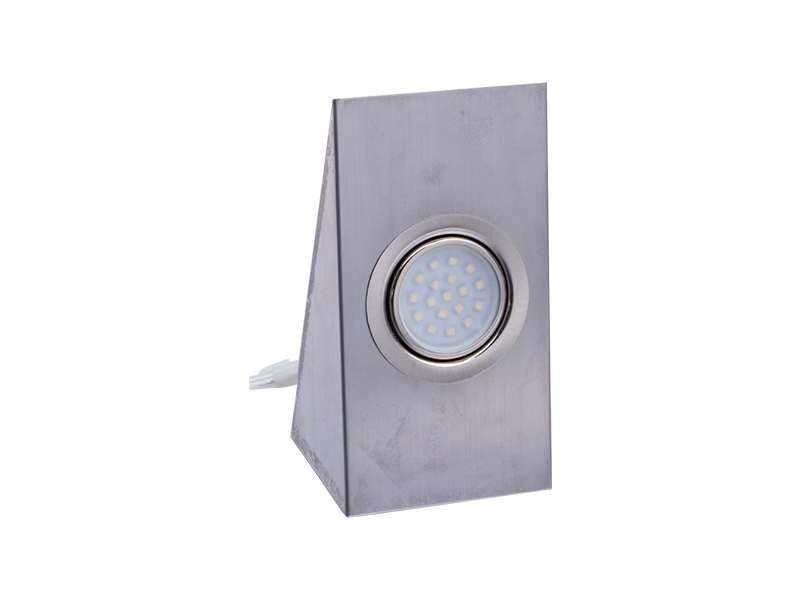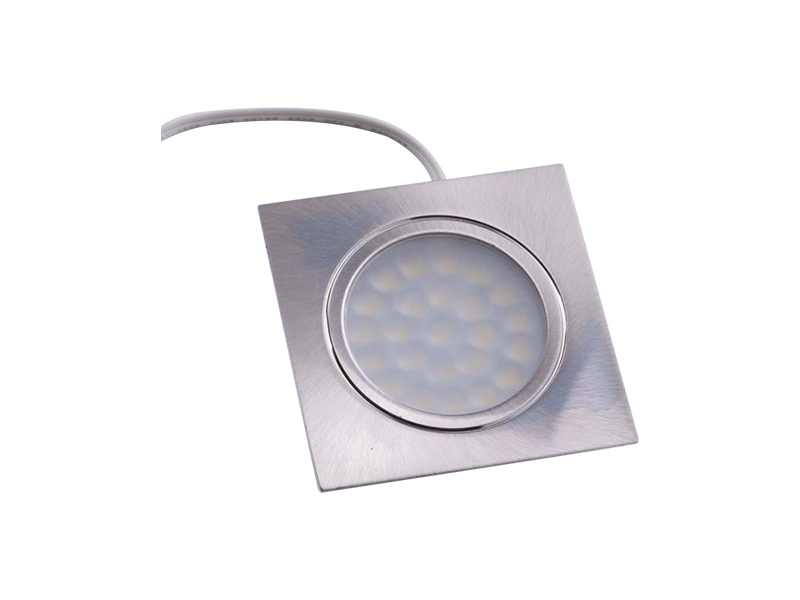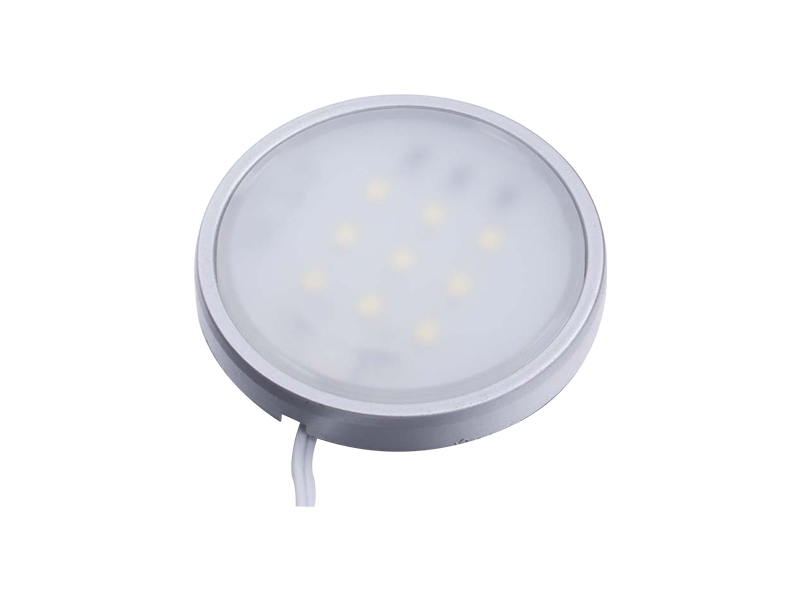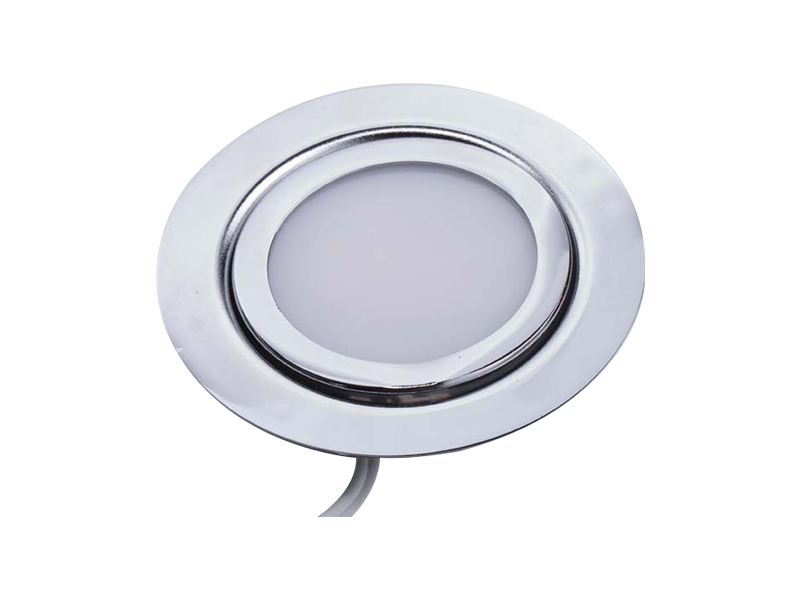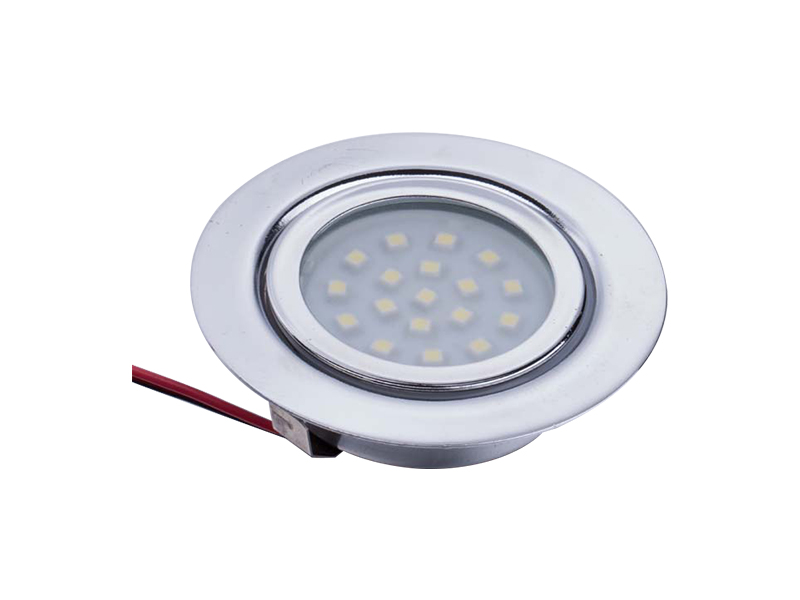-

E-mail:[email protected]
-

Telphone:+86-574-88073028
-

FAX:+86-574-88073029
QR code on
mobile phone
Welcome to Eastkey!
Welcome to Dongke!
LED mirror lights are constructed with materials that enhance electrical safety and reduce the risk of short circuits. Common materials include high-grade plastics, aluminum alloys, and tempered glass, which provide insulation and structural integrity. The internal wiring and circuit boards are usually coated with protective layers to prevent moisture ingress, which is a common cause of electric shock and short circuits. Proper insulation of wires, quality soldering, and secure connections are essential to ensure that the LED components operate safely over time. The choice of material and construction design directly influences the overall electrical safety of LED mirror lights.
LED mirror lights are often designed to comply with international safety standards such as IEC, UL, CE, or other regional certifications. These standards define requirements for protection against electric shock, insulation resistance, and safe operation under normal and fault conditions. Compliance with these standards ensures that the mirror light has undergone rigorous testing, including voltage withstand tests, leakage current measurement, and grounding verification. Electrical safety standards provide a benchmark for manufacturers to design products that minimize the risk of harm to users in everyday environments.
Protection against electric shock is achieved through several design measures. Double insulation, where no exposed conductive parts are present, ensures that users cannot come into contact with live electrical components. Grounding is implemented in metal-bodied mirrors, which provides a safe path for electrical current in case of insulation failure. The use of low-voltage LED drivers further reduces the potential for electric shock, as they limit the voltage supplied to the LED modules. Protective housings and sealed enclosures prevent accidental contact with live wires, making LED mirror lights safer for use in bathrooms or other areas with moisture exposure.
LED mirror lights incorporate circuit protection features to reduce the likelihood of short circuits. Fuses, thermal cutoffs, and overcurrent protection devices are commonly integrated into the LED driver or power supply. These components interrupt the electrical flow when abnormal conditions, such as a short circuit or overcurrent, are detected. Additionally, careful routing and insulation of wires prevent unintended contact between conductive elements. Manufacturers also test the LED mirror lights under extreme conditions to verify that the protective mechanisms function correctly and prevent damage to the internal circuitry and surrounding environment.
The Ingress Protection (IP) rating indicates the level of protection against dust and water. LED mirror lights intended for bathrooms or damp environments often have IP44 or higher ratings, which protect against water splashes from any direction. Moisture ingress is a major factor in electric shock and short circuits, as it can create conductive paths between live components. Proper sealing of enclosures, gaskets around the mirror frame, and protective coatings on circuit boards help maintain the IP rating and reduce the risk of electrical hazards in humid conditions.
The safety of LED mirror lights depends heavily on the quality of the LED drivers and electronic components. Certified drivers with overvoltage, overcurrent, and thermal protection contribute to reliable and safe operation. Poor-quality drivers may lack protective circuits or use substandard materials, increasing the risk of electric shock and short circuits. High-quality components are designed to operate within specified voltage and current ranges, maintain stable output, and resist electrical failures caused by voltage fluctuations or environmental factors. Selecting LED mirror lights with certified drivers ensures consistent electrical safety.
Proper installation is crucial for maintaining the safety of LED mirror lights. Correct mounting, secure wiring connections, and adherence to manufacturer guidelines minimize risks associated with electric shock and short circuits. Use of circuit breakers and residual-current devices (RCDs) in the household electrical system further enhances protection. Installing LED mirror lights in locations away from direct water spray and ensuring that power is disconnected during installation reduces the likelihood of accidental contact with live parts. Installation practices work in conjunction with built-in protective features to ensure overall safety.
Regular maintenance and inspection contribute to long-term safety. Checking for loose wires, damaged insulation, or corrosion on connectors allows early detection of potential hazards. Cleaning the mirror and LED surface with non-conductive materials prevents moisture from reaching electrical components. Periodic testing of protective features, such as grounding continuity or RCD response, ensures that the safety mechanisms remain effective. Consistent maintenance extends the operational life of the LED mirror lights while preserving their protection against electric shock and short circuits.
The table below summarizes the main features contributing to electrical safety in LED mirror lights.
| Feature | Function | Impact on Safety |
|---|---|---|
| Double Insulation | Prevents exposure to live parts | Reduces risk of electric shock |
| Grounding | Provides a safe path for current in metal bodies | Prevents electric shock in case of insulation failure |
| Overcurrent Protection | Interrupts current during abnormal conditions | Reduces risk of short circuit and fire |
| IP Rating | Protects against water and dust ingress | Prevents moisture-related short circuits |
| Quality LED Drivers | Maintains stable voltage and current | Minimizes electrical failures and hazards |
| Proper Installation | Ensures secure mounting and wiring | Reduces accidental contact and operational risks |
LED mirror lights are designed with multiple safety features to meet standards for protection against electric shock and short circuits. Material selection, protective housings, high-quality drivers, grounding, and IP-rated sealing work together to ensure safe operation in residential and commercial environments. Proper installation and regular maintenance further enhance safety by preventing accidental exposure to live parts or electrical failures. Adhering to these design principles and guidelines allows LED mirror lights to provide reliable illumination while minimizing the risk of electrical hazards.
top
E-mail:[email protected]
Telphone:+86-574-88073028
FAX:+86-574-88073029
